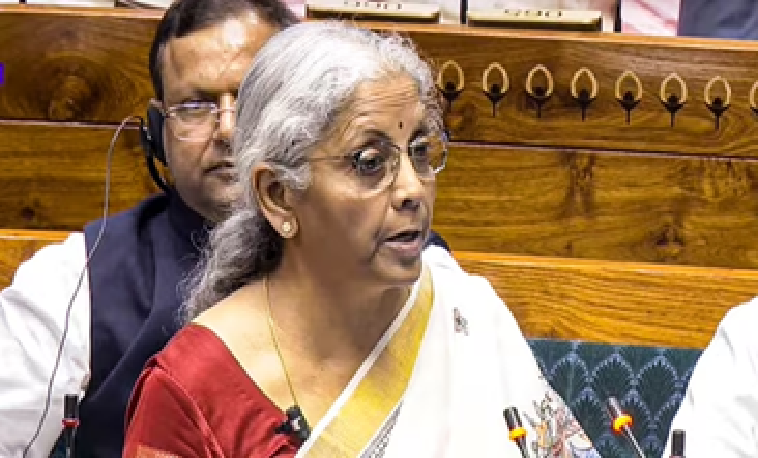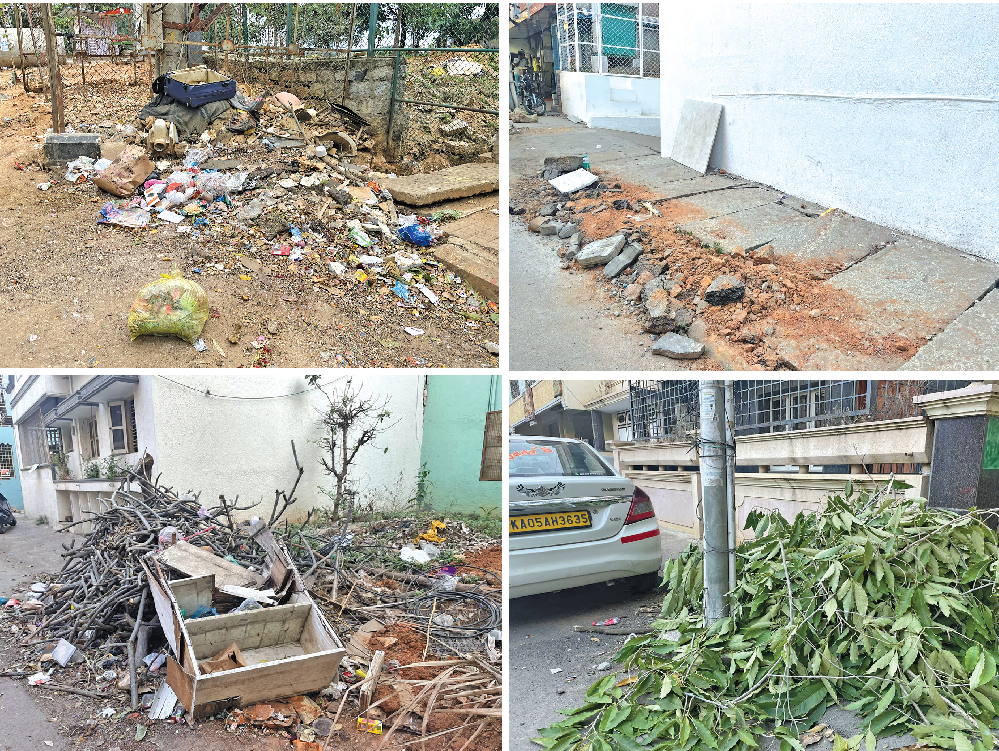
BMTC strives hard for your safe commute
Nischith N | NT
Taking a close look at the data of accidents and fatalities involving the Bangalore Metropolitan Transport Corporation (BMTC) buses reveals that there is a fall in the rate of accidents and fatalities over the past 10 years. However, this does not mean that the roads of Namma Bengaluru have become accident-free, but, the rigorous training and monitoring of work performance of the BMTC drivers are the reasons attributed to this.
“The corporation has initiated a strict training policy which makes drivers confident. Also there has been a lot of data and analysis on the pattern of accidents. Based on these inputs, training is being conducted regularly. Experts in road safety have been roped to coach our trainers. Also, speed governors were added to the safety measures” says a BMTC senior official.
According to reports, in 2021, the number of BMTCrelated accidents camedown to 89 and 26 deaths. While in 2009, the number of accidents were 565 and death toll was 94. In 2011, the number of accidents were 517, and in 2012 the number sharply declined to 414. However, in the same-period, the number of deaths were 72 in 2011, while it increased to 87 in 2012.
The accident rate has reduced, primarily by monitoring the speed of vehicles, fixing speed governors and GPS in buses as part of the Intelligent Transport System. BMTC bus drivers have suggested that providing better conditioned buses will further help reduce the number of accidents.
“It is possible that most of the trainees may not receive proper training as a few trainers will be in a hurry to complete the batches. Also, during the duty hours, most of the buses will be in a bad condition and drivers will be in a hurry to pick a random bus from the depot without any inspection. Therefore, only providing training to drivers does not help, but also better conditioned buses must be provided which can prevent a large number of accidents and other problems caused on the road. I hope the corporation will plan accordingly to bring down the graph of accidents caused by buses.” BMTC driver told News Trail.
The corporation has fixed the speed limit of the buses at 65 km/ h r by installing speed governors in the buses. Besides, training is being given to fresh drivers based on the bus routes to boost their confidence. The corporation is also encouraging those drivers who engage in accidentfree driving by giving them incentives and awards. D r ive r s, wh o h ave crossed the age of 40, will be subjected to eye-tests and physically unfit drivers will be subjected to thorough health checkups. It is claimed that the majority of accidents involve pedestrians and twowheelers, and occur primarily on the left side in the rear of the bus, which is the black spot for drivers.
“All these issues have been identified and addressed to. To resolve the black spot for drivers, BMTC is retrofitting older buses with larger rearview mirrors to help to bring down the number of accidents” an official further added.
Officials claim that if a driver is involved in accidents, strict actions like imposing a penalty, cutting increment, holding back promotions will be taken against him if he is found guilty during departmental enquiry. Also, in recent days the corporation has suggested all depot managers conduct a complete check-up of every bus in the depots every 15 days.
A frequent BMTC traveller and lecturer, Prakruthi P, says “The BMTC buses are driven very fast. They come very close to your vehicle and it is frightening that they may hit you. So, it’s just the numbers have come down but the rash driving by the Corporation buses is the same.”
‘Not right to expect profi ts from this public service’
Rajshekar, President Bengaluru Praja Vedike
BMTC claims that accidents have come down. It may not be completely wrong. But the credit of this mostly goes to Covid-19, as traffic has reduced immensely in the past three years.
Many factors come into play to minimise accidents like good training, motivation and counselling because most drivers are stressed out because of nonpayment of salaries and sometimes too much work. Bad condition of a bus is also a major problem for accidents to occur.
We have found out from our sources that drivers come to work in the BMTC from other districts like Mandya, Chamrajnagar, Hassan and so on.
How can they be efficient if they themselves are traveling for 2-3 hours to come to work? Even before they start, they are tired and frustrated, which is often shown on passengers. Why should a driver come and drive from such a long distance. Local drivers should be given the first opportunity.
Secondly, the average life of a bus is 10 years, but many of them are running for 12 to 15 years. Maintenance is hardly done, which i
 English daily published in Bengaluru & Doha
English daily published in Bengaluru & Doha






